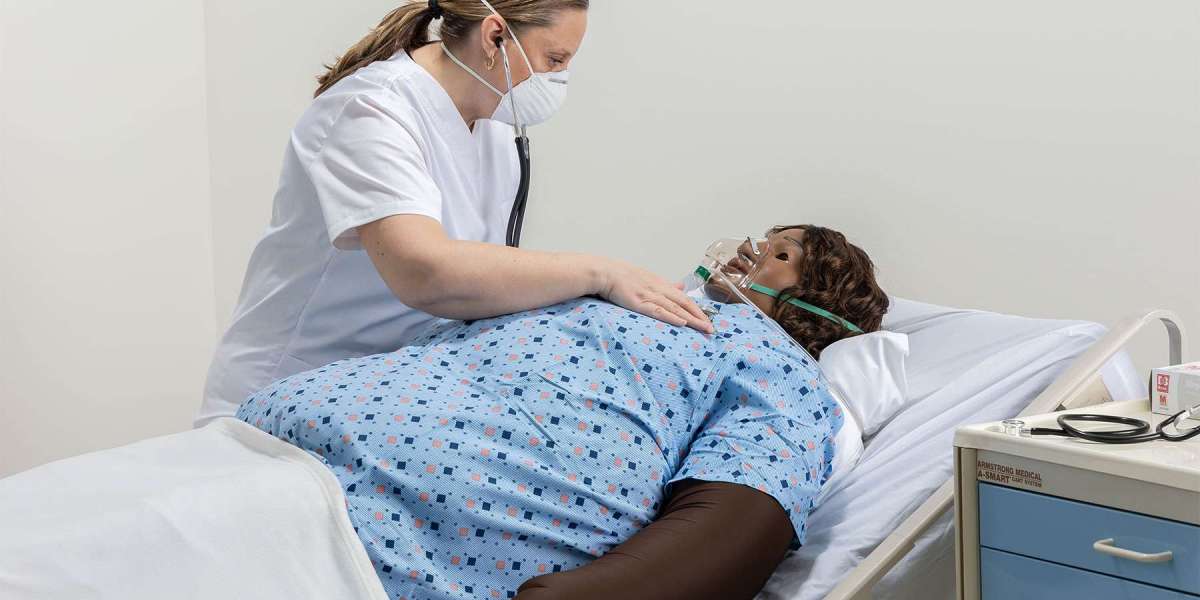Every hospital wants new clinicians who act with calm clarity when the room gets loud. The gap between classroom knowledge and bedside judgment is where high-fidelity adult patient simulation earns its keep. Done well, it turns skills into reflexes, team roles into choreography, and uncertainty into structured decision-making. If you’re evaluating platforms to anchor this kind of learning, start by looking at the Leonardo Adult Patient Simulator:https://medvisionsim.com/leonardo-adult-patient-simulator
Why Simulation Moves The Needle
Real patients rarely present like flashcards. They arrive with noise—overlapping symptoms, conflicting cues, missing history, time pressure, and family questions. A realistic adult simulator reproduces that complexity while keeping patients safe. It links actions to believable physiology so learners feel the consequence of choice: fluids raise pressure, missed airway cues raise CO₂, analgesics calm pain but nudge ventilation. That immediate cause-and-effect loop is how judgment is formed and retained.
The Three Layers Of Readiness
Think of readiness as a stack—technical, cognitive, and relational. Simulation lets you train all three at once.
- Technical readiness: Airway maneuvers, rhythm recognition, safe defibrillation, IV access, medication preparation, sterile technique. Repetition builds clean mechanics.
- Cognitive readiness: Pattern recognition, prioritization, and escalation. Scenarios demand “what matters first?” instead of “what’s on the checklist?”
- Relational readiness: Closed-loop communication, role clarity, handoffs, empathy at the bedside, and family-facing explanations under stress.
When learners practice these layers together, small timing gains compound into reliably better outcomes.
From Solo Skill To Team Flow
Emergencies reward coordination more than individual heroics. Simulation converts teamwork into muscle memory by making roles and communication explicit. The leader frames the problem, airway calls out saturation trends, compressor announces switch timing, meds verify dose and route, recorder time-stamps actions, and everyone speaks in loops—order, repeat-back, execute, confirm. Because the “patient” responds in real time, teams experience how clean communication reclaims minutes.
Scenarios That Reflect Real Risk
You don’t need exotic edge cases to create powerful learning. Focus on common, high-impact problems where small choices compound:
- Gradual ward deterioration: Subtle work of breathing, creeping tachycardia, early escalation pathways, and oxygen titration.
- Ambiguous chest discomfort: Risk stratification, appropriate testing, safe disposition, and avoiding both under- and over-treatment.
- Post-op hypoxia: Disentangling atelectasis, opioid effect, fluid overload, and pulmonary embolism with targeted steps.
- Sepsis recognition: Triage cues, bundle timing, volume strategy, and antibiotics without tunnel vision.
When scenarios mirror daily risk, improvements walk straight from lab to bedside.
A Curriculum That Scales Without Overwhelm
Durable competence comes from a rising slope of complexity, not a cliff.
- Foundations: Short, focused reps on single skills with clear pass criteria.
- Integration: Combine assessment, monitoring, and one or two interventions under time pressure to simulate cognitive load.
- Complications: Add comorbidities or equipment hiccups that force prioritization and delegation.
- Systems reality: Include documentation, consult delays, transport logistics, and cross-department coordination.
This structure keeps early wins frequent, then stretches teams without breaking them.
Debriefing That Changes Behavior
The scenario triggers emotion; the debrief transforms it into learning. Make it structured, compassionate, and specific.
- Anchor in data: Timestamps, compression metrics, medication sequences, oxygenation trends, and waveforms.
- Ask forward-looking questions: What pattern did you see? What hypothesis guided your next step? Where did communication help or hinder?
- Close with commitments: One behavior to keep, one to change, and when it will be tested again.
Over a semester, this loop builds a shared vocabulary for improvement and a culture where feedback is normal.
Choosing A Simulator You Will Use Every Week
A great spec sheet is useless if setup is fussy or downtime is frequent. Prioritize:
- Believable physiology: Vitals and exam findings that shift credibly with interventions.
- Airway realism: Anatomical landmarks and resistance that make skills transferable.
- Interoperability: Works with monitors, defibrillators, ventilators, and airway tools your staff already trusts.
- Low friction: Quick boot, stable wireless, robust battery, and easy moves between rooms.
- Durability and support: Busy labs are tough—value training, spare parts, and scenario resources.
- Actionable analytics: Clean exports for debriefs, competencies, and accreditation evidence.
The best simulator is the one your faculty can deploy in five minutes and rely on for the entire day.
Implementation In Four Sprints
If you want impact this semester, run a practical rollout.
- Sprint 1 – Baseline: Pick three foundational scenarios and run them with consistent debriefs. Calibrate equipment, timing, and room setup.
- Sprint 2 – Teamwork: Add closed-loop communication goals and a simple roles grid. Track one time-critical metric for each case.
- Sprint 3 – Complications: Layer a comorbidity or equipment constraint. Keep the same core cases to highlight progress under stress.
- Sprint 4 – Systems: Bring in a handoff, documentation requirements, or a transport decision to mirror real constraints.
Keep a one-page dashboard of metrics and themes so learning compounds rather than resets.
Measuring Value Without Drowning In Data
Prove impact with a tight set of signals:
- Time to first meaningful intervention in mock codes.
- Adherence to sepsis or stroke bundles.
- Handoff quality scores using a brief rubric.
- New-hire time-to-independence as reported by preceptors.
- Themes from debriefs that close over successive sessions.
Pair numbers with frontline feedback. When near-misses drop and confidence rises, your program is working.
Equity And Access
Simulation levels the field. Learners at different sites get the same exposures, the same feedback, and the same chance to improve—independent of the luck of rotations. Mobile or shared labs extend advanced practice to rural teams, strengthening local systems and shortening the distance from first alarm to definitive action.
Culture You Can Feel
After a quarter of consistent simulation, something changes. People speak up sooner. Handoffs tighten. Silos soften. Debriefs get honest and short. Most of all, teams start treating excellence as a trained habit rather than a personality trait. That’s competence you can feel on the floor—and patients benefit from it.








